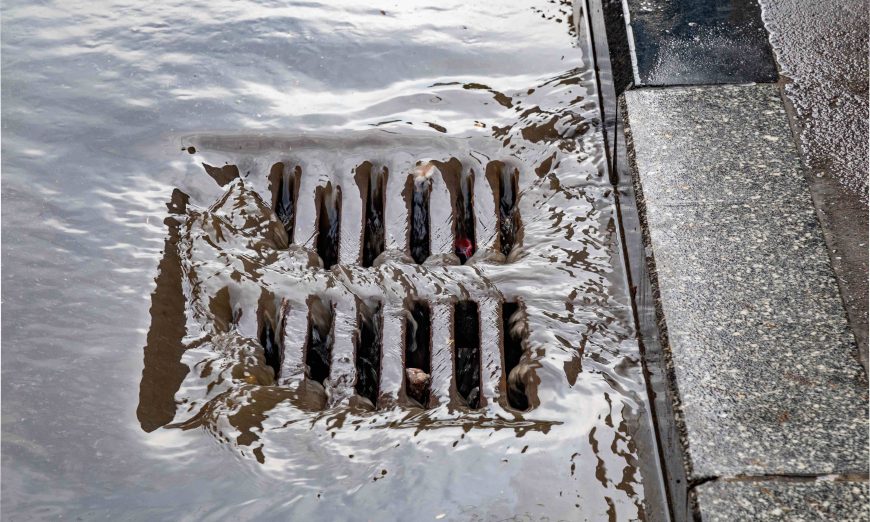The U.S. Environmental Protection Agency (EPA) has awarded $9,009,000 to the California Water Boards to support the implementation of California’s Nonpoint source management program plan. Nonpoint source pollution is caused by rainfall moving over the ground, leading to runoff which picks up natural and man-made pollutants as it flows. NPS pollution, unlike pollution from industrial and sewage treatment plants, comes from many different sources.
“These funds will accelerate California’s efforts to reduce the impacts of runoff pollution on the state’s water bodies,” said Joaquin Esquivel, Chair of the California State Water Resources Control Board. “It will help us prevent future harmful algal blooms, collaborate with ranching and agriculture communities to implement sustainable operating practices, and restore watersheds affected by historic and active mining and timber activities. We are grateful for the reliable support of our federal partners for our work to protect California’s waters.”
“These grants will do much to advance our shared goal of protecting water resources in California,” said EPA Pacific Southwest Regional Administrator Martha Guzman. “Combined with state matching funds, EPA’s awards will help implement the best practices needed to reduce runoff-related pollution and improve water quality.”
Over $4 million will be used by partners conducting on-the-ground implementation projects, including projects to reduce excess sediment loading and enhance habitat in the Noyo River, Big River and Navarro River watersheds in Mendocino County, and tributaries to the Truckee River, the Napa River, Sonoma Creek and the Ventura River. The California Water Boards are currently accepting proposals through Dec 19, 2022, for future NPS projects.
The State will also use grant funds to advance implementation of the Onsite Wastewater Treatment System Policy (e.g., septic systems) and other efforts addressing priority NPS pollution such as nutrients, sediments, pathogens (bacteria), salts, and pesticides.
Nonpoint source pollution can impact lakes, rivers, and groundwater. Controlling nonpoint source pollution is especially important due to the harmful effects that the pollutants have on drinking water supplies, recreation, fisheries, and wildlife.
This grant is part of EPA’s 2022 Nonpoint Source Implementation Grant Program. Congress enacted Section 319 of the Clean Water Act in 1987 to control nonpoint sources of water pollution. For examples of how EPA Region 9 States have used Clean Water Act Section 319 grant funds to improve water quality visit EPA’s Success Stories about Restoring Water Bodies Impaired by Nonpoint Source Pollution webpage.
- For more information on watershed projects, visit EPA’s Nonpoint Source (NPS) Watershed Projects : Interactive Map and Reporting webpage.
- For more information on polluted runoff, visit EPA’s Nonpoint Source Pollution webpage.
- Learn more about EPA’s Pacific Southwest Region. Connect with us on Facebook and on Twitter.






